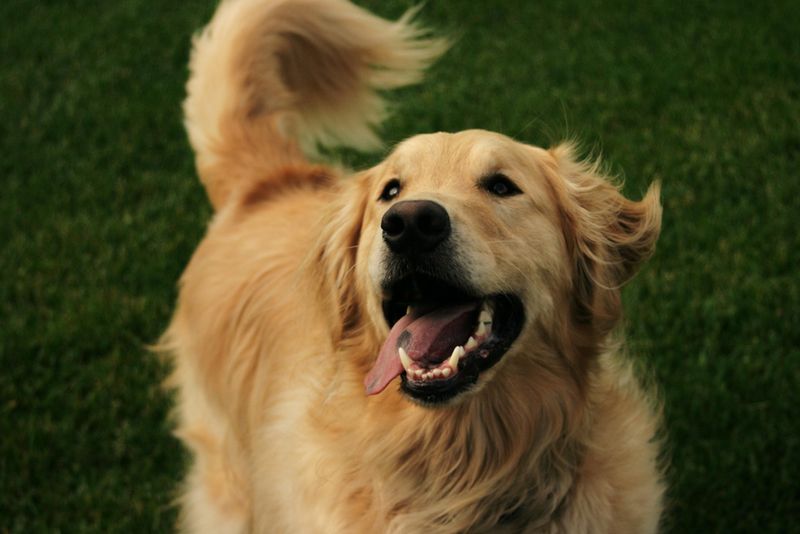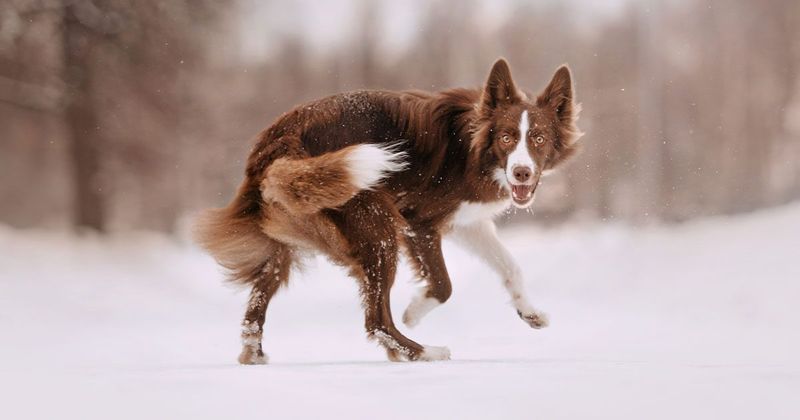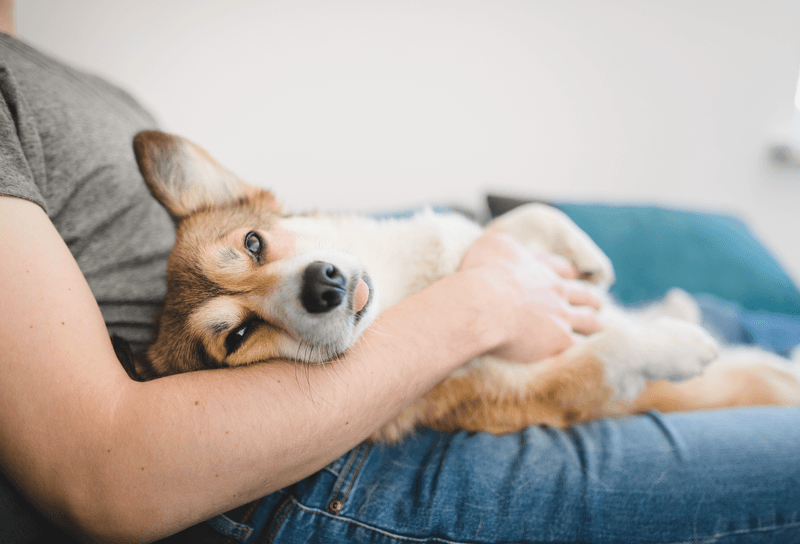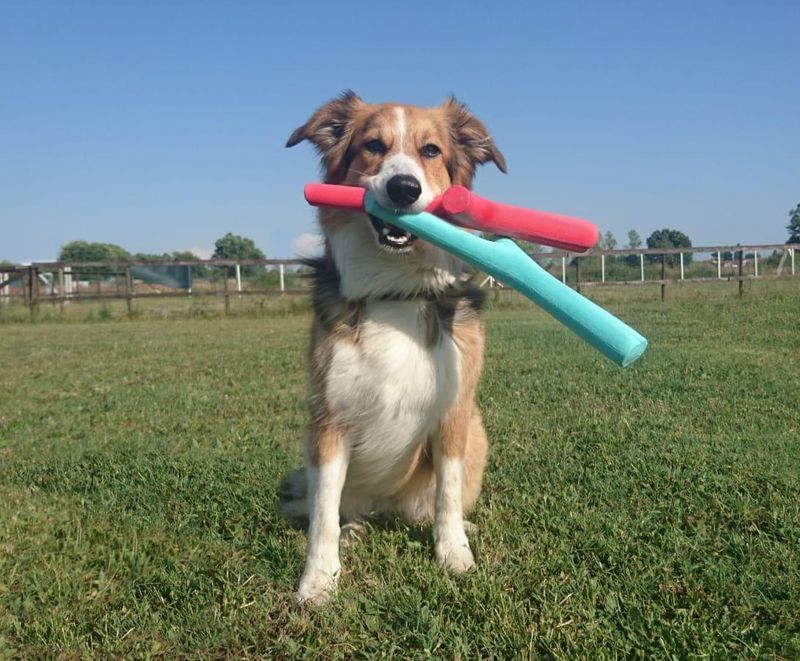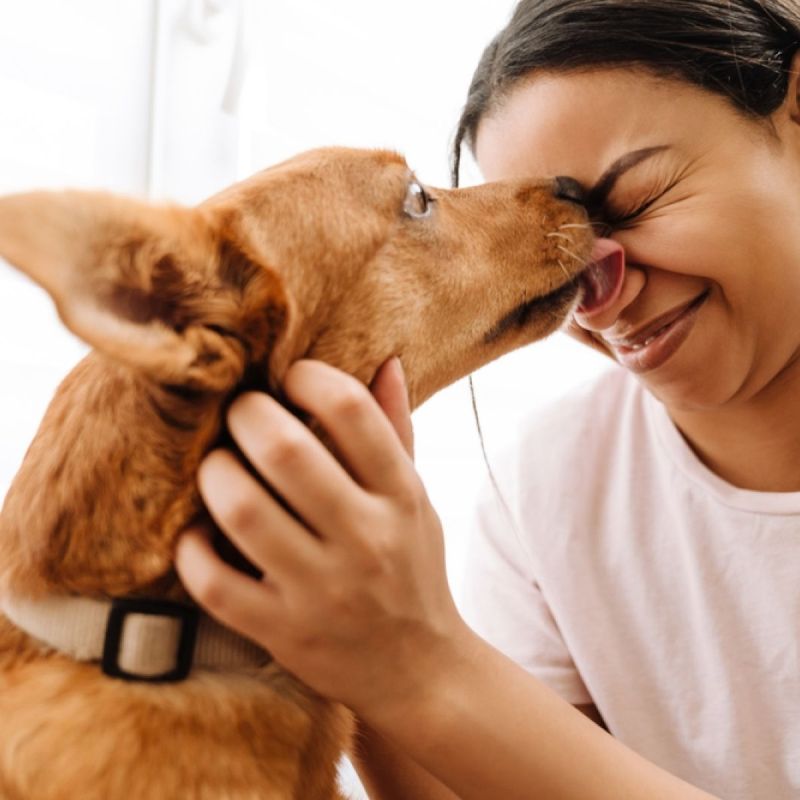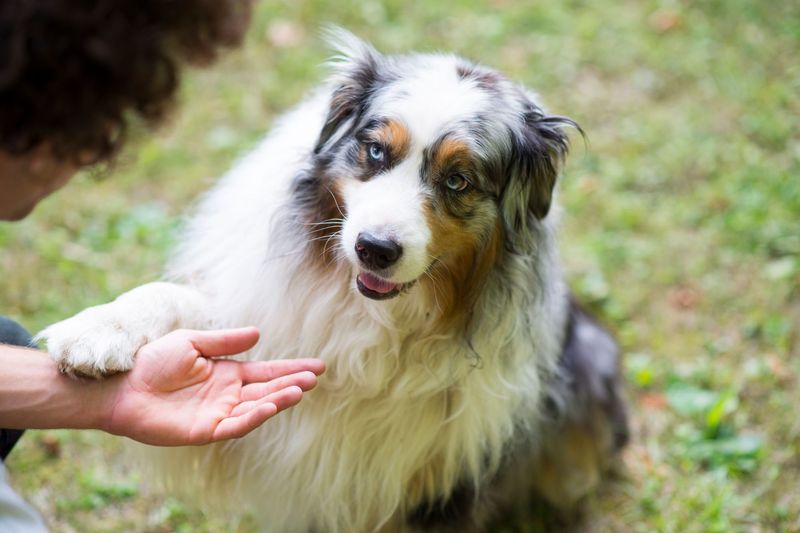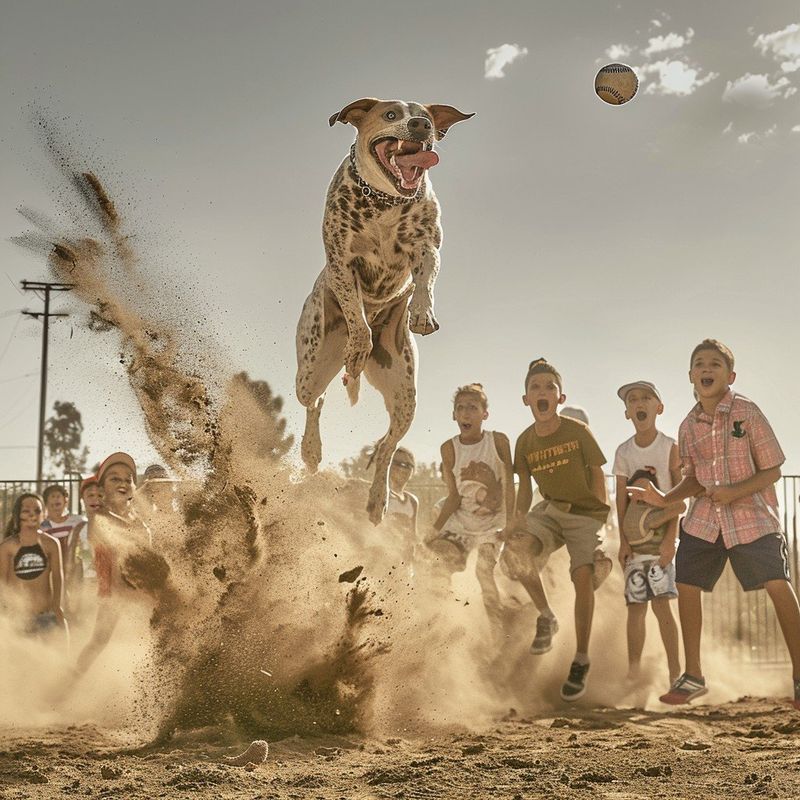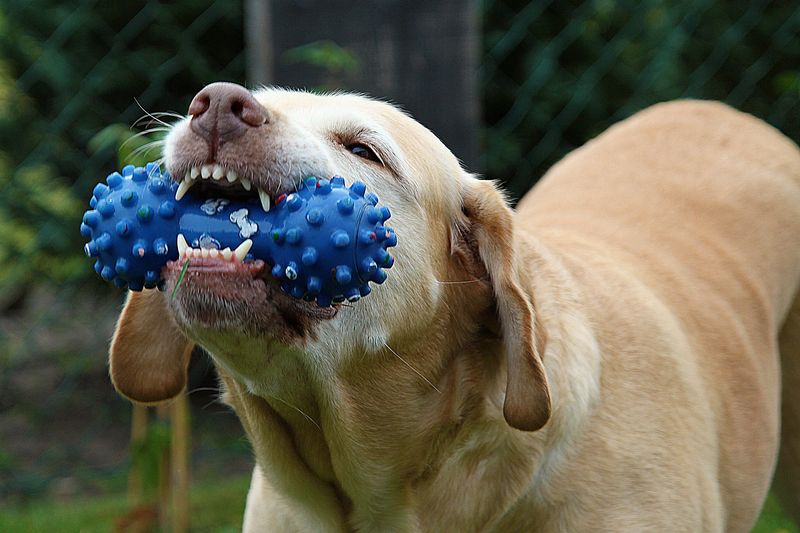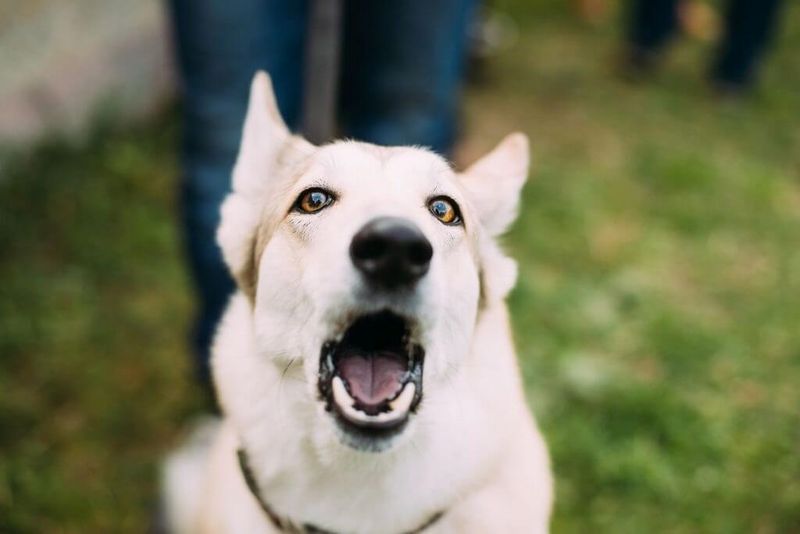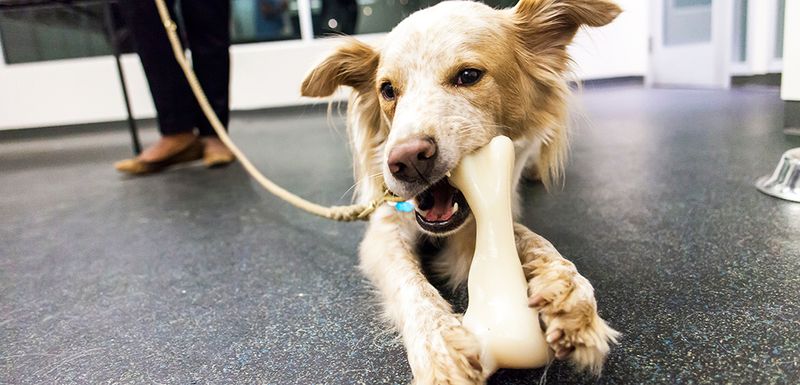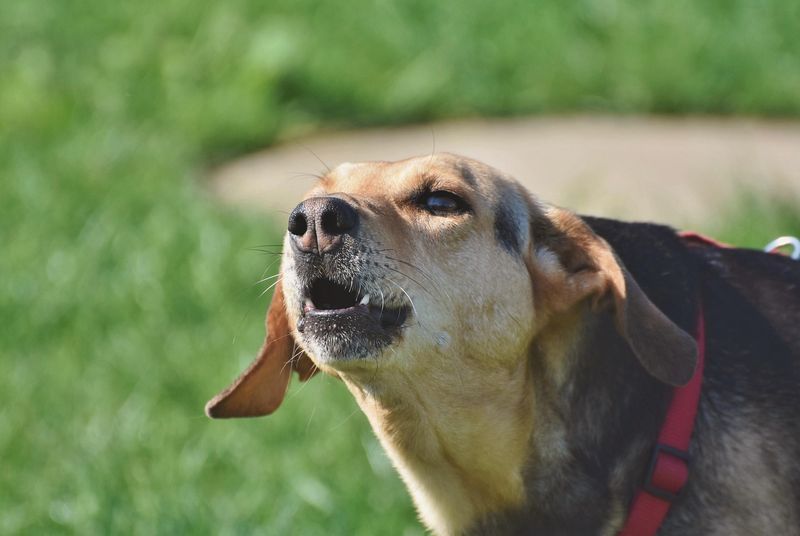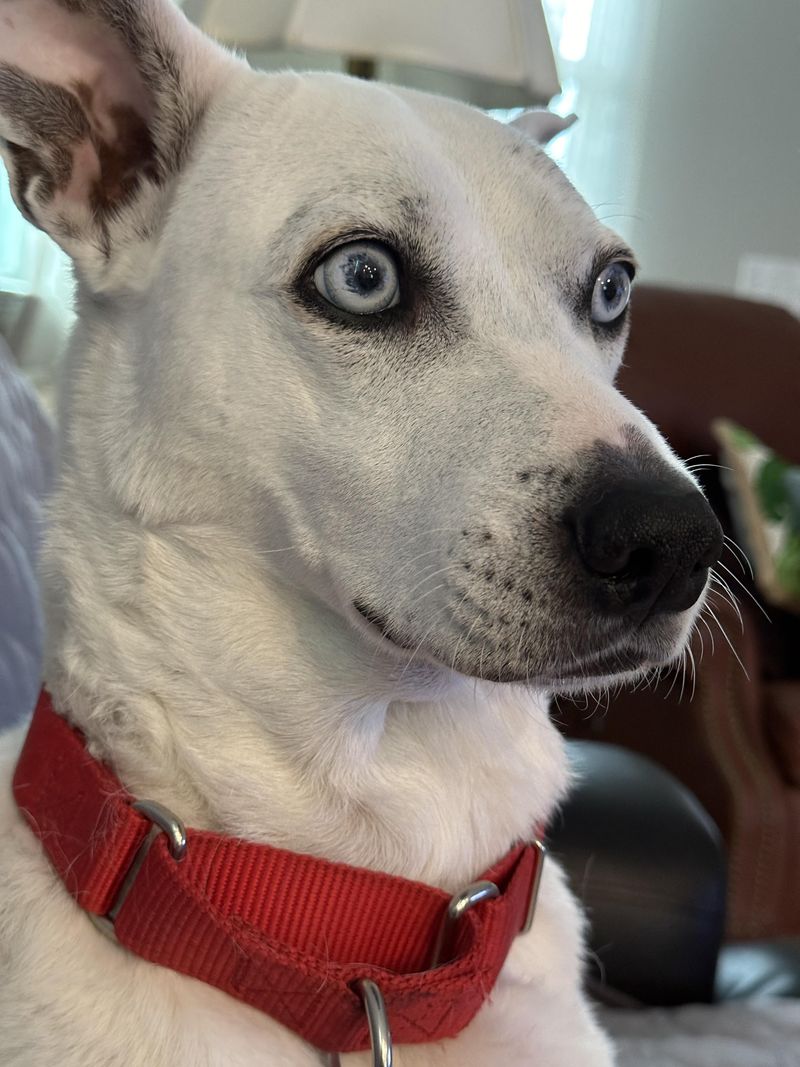Dogs are truly man’s best friend, showering us with love, loyalty, and joy. But how do you know when your furry friend is truly happy or when they might need a little extra attention? Here, we explore 13 delightful ways dogs express their happiness and 7 signs they may crave more affection. This guide will help you understand your dog’s unique expressions of joy and love, ensuring a harmonious and fulfilling relationship.
Wagging Tail
A dog’s wagging tail is a universal symbol of happiness. When your pup’s tail is wagging energetically, it’s a sure sign they’re thrilled either to see you or to be playing their favorite game. It’s as if they’re waving a joyful hello! Different tail wags can tell different stories — a wide, sweeping wag might mean they’re relaxed and content, while a fast, twitching wag can show excitement. Observing your dog’s tail language helps you understand their mood and make their day brighter.
Play Bow
When your furry friend lowers their front paws and raises their rear end, they’re inviting you to play. This playful gesture, known as a play bow, signals a dog’s readiness for fun and games. It’s their way of saying, “Let’s have some fun together!” This position is often accompanied by a wagging tail and excited barks, indicating pure joy. By responding to their invitation, you strengthen your bond and ensure they feel loved and understood.
Soft Eyes
When a dog gazes at you with soft, relaxed eyes, they’re showing trust and affection. This gentle look is their way of saying they feel safe and happy in your presence. Such moments may be accompanied by gentle sighs or a calm demeanor, reflecting their contentment. It’s these serene expressions that reveal the deep emotional connection between you and your four-legged friend.
Excited Barking
Excited barking can be a clear indicator of a dog’s happiness. This type of barking is often high-pitched and rapid, showing their enthusiasm and eagerness for interaction. Whether they’re anticipating a walk or greeting you at the door, these barks are full of joy. Understanding the different tones and pitches can help you discern when your dog is expressing joy versus other emotions.
Spinning Circles
When your dog spins in circles, it’s a delightful display of happiness and excitement. This behavior is often seen when they’re about to go for a walk or when you arrive home. It’s their way of expressing overwhelming joy and anticipation. These spinning dances of happiness can bring a smile to any dog owner’s face and signify a well-loved and contented pet.
Snuggling Close
When a dog nestles close to you, they’re seeking warmth and comfort. This behavior often signifies contentment and affection, as they choose to be near those they trust and love most. Whether it’s on the couch or in bed, these cuddly moments are precious. They also serve as a reminder of the bond and trust you share, inviting you to cherish and nurture it.
Fetching Toys
Fetching toys is a classic sign of a happy and engaged dog. When a dog eagerly brings toys to you, it’s their way of initiating playtime and showing they want to interact. This playful behavior is not only a sign of happiness but also a testament to their trust and affection. Engaging in these activities strengthens your bond and ensures mental and physical stimulation.
Relaxed Body Language
A relaxed dog often displays body language that includes a loose and wiggly posture, signaling happiness and ease. When your dog lays on their back, exposing their belly, it’s a sign of trust, showing they feel secure in their environment. This behavior is paired with calm breathing and a gentle demeanor, revealing their peace and satisfaction.
Tail Chasing
Tail chasing can be a playful expression of joy, especially in puppies. This behavior often occurs during moments of excitement or boredom and can be quite entertaining to watch. While it’s generally harmless, excessive tail chasing might indicate a need for more mental or physical stimulation. Offering toys or games can redirect this energy positively.
Licking Your Face
When a dog licks your face, it’s a sign of affection and happiness. This behavior is rooted in their pack mentality, as dogs often lick to groom and bond. It’s their way of showing love and trust. While some may find it ticklish, these kisses are a sweet reminder of the joy your dog feels in your company.
Sleeping Belly Up
When a dog sleeps on their back, belly exposed, it’s a sign of ultimate trust and comfort. This vulnerable position indicates they feel completely safe in their environment. Such relaxed sleeping habits are a testament to their happiness and security. Observing them in this state is delightful, reinforcing the loving bond between you and your pet.
Pawing at You
When a dog gently paws at you, they might be seeking attention or showing affection. This gesture is an endearing way for dogs to communicate their needs or express connection. Whether they want to play or just enjoy your company, responding to this behavior with affection helps strengthen your bond and ensures they feel loved.
Joyful Leaping
Joyful leaping is an exuberant display of a dog’s happiness and energy. This behavior often occurs during play or when they’re excited to see someone. These leaps and bounds are not only a spectacle but also a demonstration of their joyful spirit. Encouraging such playfulness can lead to a more active and fulfilling lifestyle for your furry friend.
Excessive Chewing
While chewing is a normal behavior, excessive chewing might indicate that a dog needs more mental stimulation. This activity can be a sign of stress or boredom. Providing chew toys or engaging in interactive play can help satisfy their need to chew and deter unwanted behaviors. It’s important to observe this behavior and adjust their routine accordingly.
Whining or Whimpering
Whining or whimpering can indicate that a dog is seeking attention or expressing discomfort. This vocalization might suggest they need more love or companionship, especially if they feel lonely or anxious. Addressing their needs with affection and reassurance can ease their distress and strengthen your emotional bond.
Isolation from Family
If a dog isolates itself from the family, it may be a sign they need extra love or might not be feeling well. This behavior can indicate distress or discomfort, suggesting a need for attention and care. Observing these signs and responding with kindness and support can help improve their well-being and happiness.
Reduced Appetite
A reduced appetite can be a sign that a dog needs more attention or might be feeling unwell. This change could indicate stress or a health issue, so observing their eating habits is crucial. Offering different foods or adjusting mealtime routines can sometimes reignite their interest and ensure they remain healthy and cared for.
Destructive Behavior
Destructive behavior, like chewing furniture or digging, can signal a need for more attention or stimulation. This behavior often arises from boredom or anxiety, suggesting a need for more interactive play or exercise. By providing outlets for their energy, you can help prevent destruction and ensure a harmonious living environment.
Excessive Barking
Excessive barking, particularly when alone, can indicate that a dog needs more companionship or reassurance. This behavior can result from separation anxiety or a lack of mental stimulation. Providing toys, companionship, or training can help reduce anxiety and foster a more peaceful atmosphere.
Avoiding Eye Contact
Avoiding eye contact might suggest that a dog is feeling insecure or nervous. This behavior can be a plea for more affection or reassurance. Building trust through gentle interaction and positive reinforcement can help boost their confidence and emotional well-being.

